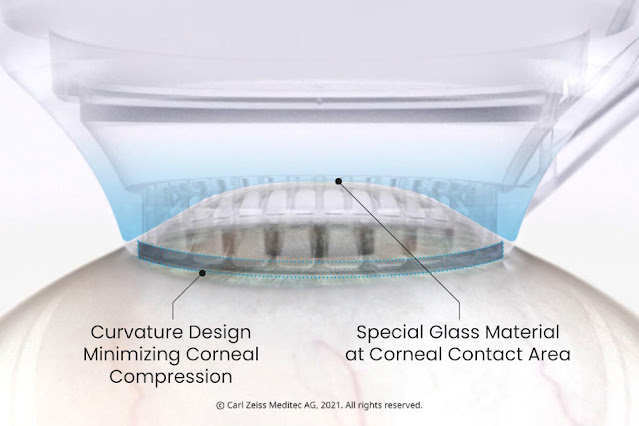About Smile Pro and Its Surgery Costs
About Smile Pro and Its Surgery Costs
SMILE PRO is a vision correction surgery that applies enhanced technology to Smile LASIK, which has held the number one global market share for many years.
Naturally, Smile Pro is more expensive than Smile LASIK.
For those who feel that the cost of Smile Pro surgery is somewhat high, we would like to explain the reasons behind it and provide information that can help in making a decision.
 |
| Improved Functionality: VisuMax 800 Compared to VisuMax 500 |
The key difference between Smile Pro and Smile is the use of the VisuMax 800 equipment. Vision correction surgery equipment that handle precise lasers are generally very expensive, regardless of the type of surgery or the manufacturer.
VisuMax 800 offers improved functionality and is significantly faster than the previous VisuMax 500, which contributes to the high cost of the equipment, and this is reflected in the surgery costs.
Next is the cost of the treatment pack.
Most vision correction surgeries, including SMILE LASIK, use disposable treatment packs.
These small components come into direct contact with the cornea and play a vital role. The main purpose is to ensure that the femtosecond laser accurately targets the cornea, and the most important function is to securely fix the eye in place through suction to prevent any movement.
The treatment pack used in Smile Pro has the following advantages:
- Curved design that minimizes corneal pressure.
- Special glass material for corneal contact, which is biocompatible.
 |
| VISUMAX 800 Treatment Pack: Reducing Corneal Pressure and Damage |
Currently, VisuMax treatment packs are the only ones that use special glass material for the contact points. These detailed differences can greatly impact the surgical outcomes and recovery speed.
Therefore, VisuMax 800 produces high-quality treatment packs despite the higher production costs, and this is also reflected in the surgery price.
 |
| Smile LASIK: Proven Safety with the Same Surgical Approach |



Comments
Post a Comment